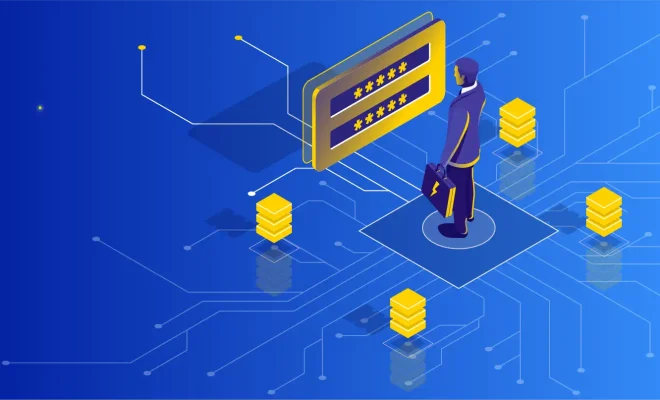What is a Parallel Virtual Machine (PVM)?

A Parallel Virtual Machine (PVM) is a software development tool that enables multiple computing systems to work together in parallel in order to execute a single application. It was developed by a group of researchers at the Oak Ridge National Laboratory in the late 1980s, and has since become a popular tool for parallel computing.
The PVM model is based on a virtual machine concept wherein all computers that are part of a parallel computing configuration are treated as a single entity or “virtual” machine. This enables the computing resources to be efficiently utilized as a single, unified computing machine rather than as individual, separate systems.
One of the key features of PVM is its ability to support heterogeneous computing resources. Different types of hardware, operating systems, and programming languages can be used in a PVM environment, allowing for more flexibility in system design and integration.
The PVM system comprises of two main components: a master node that controls and coordinates the parallel processing and the slave nodes that execute the processing tasks. The master node is responsible for dividing the workload into small, independent sections and distributing them to the slave nodes for processing. The slave nodes, in turn, run the processing tasks assigned to them and send the results back to the master node for further analysis or processing.
PVM can be used in various applications, such as scientific computing, computer graphics, data mining, and artificial intelligence. It can also be used for parallelizing existing applications without a need to re-write the entire application.
In summary, PVM is a powerful tool in parallel computing that allows multiple computers with different architectures and operating systems to work together as a single computing entity. Its ability to scale so effectively makes it a valuable tool in many application domains, especially when large, complex systems need to be analyzed or processed.




